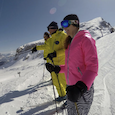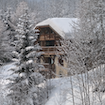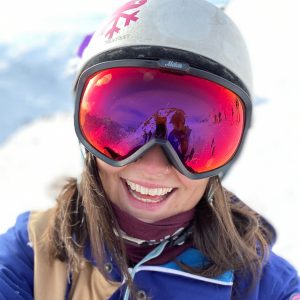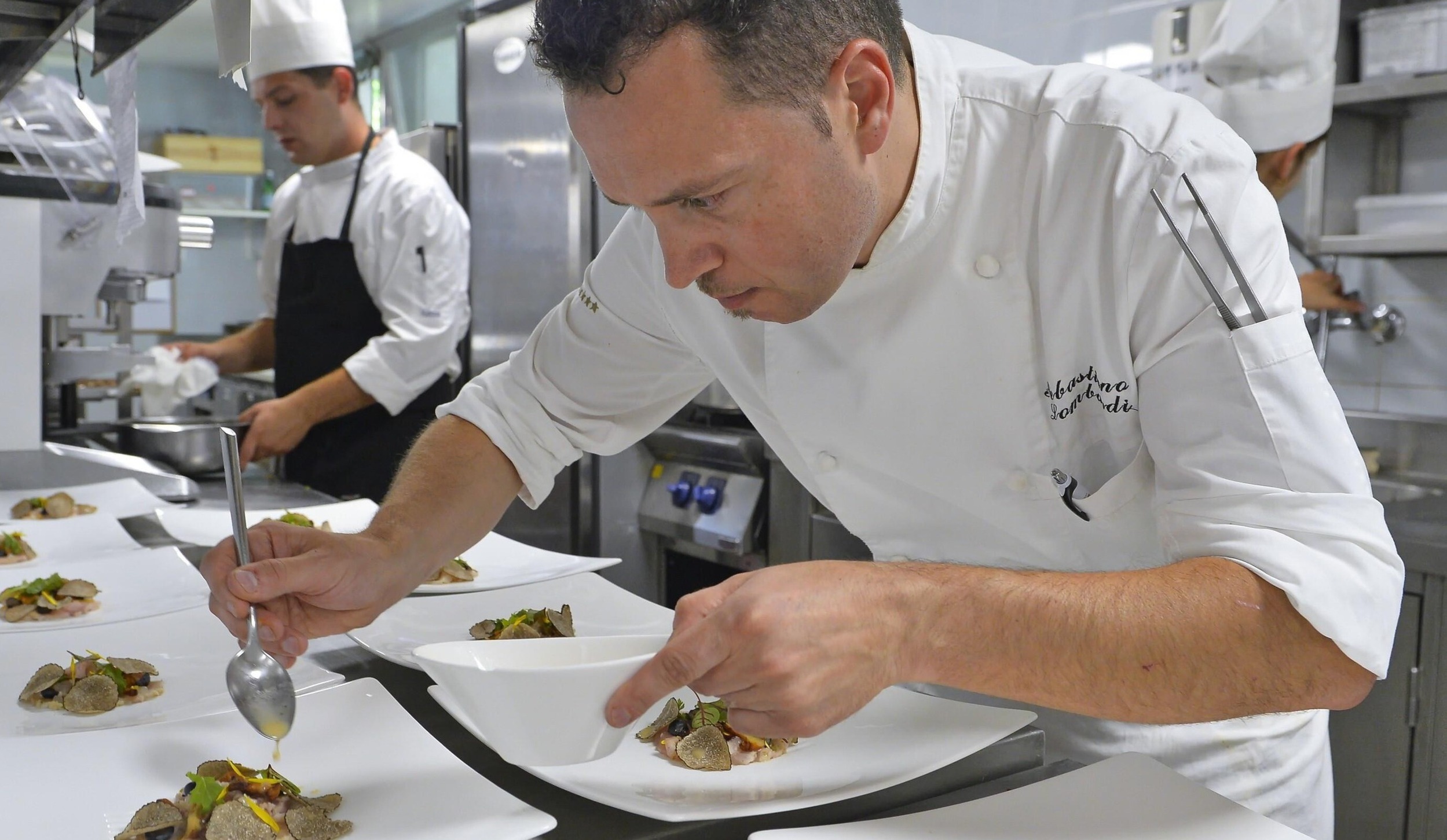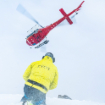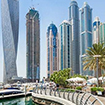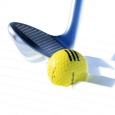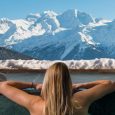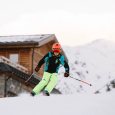
By LUCY PIERCE
The lesser-known Sella Massif ski area in the Italian Dolomites is home to the 26-kilometre Sella Ronda loop. Ski clockwise or anticlockwise around the circular route of scenic pistes, which are perfectly punctuated by espresso stops and gourmet cuisine. Welcoming Italian hospitality, charming Ladin culture and fine mountain cuisine create a wonderful atmosphere. And, you can indulge knowing you’ll burn off the calories skiing!
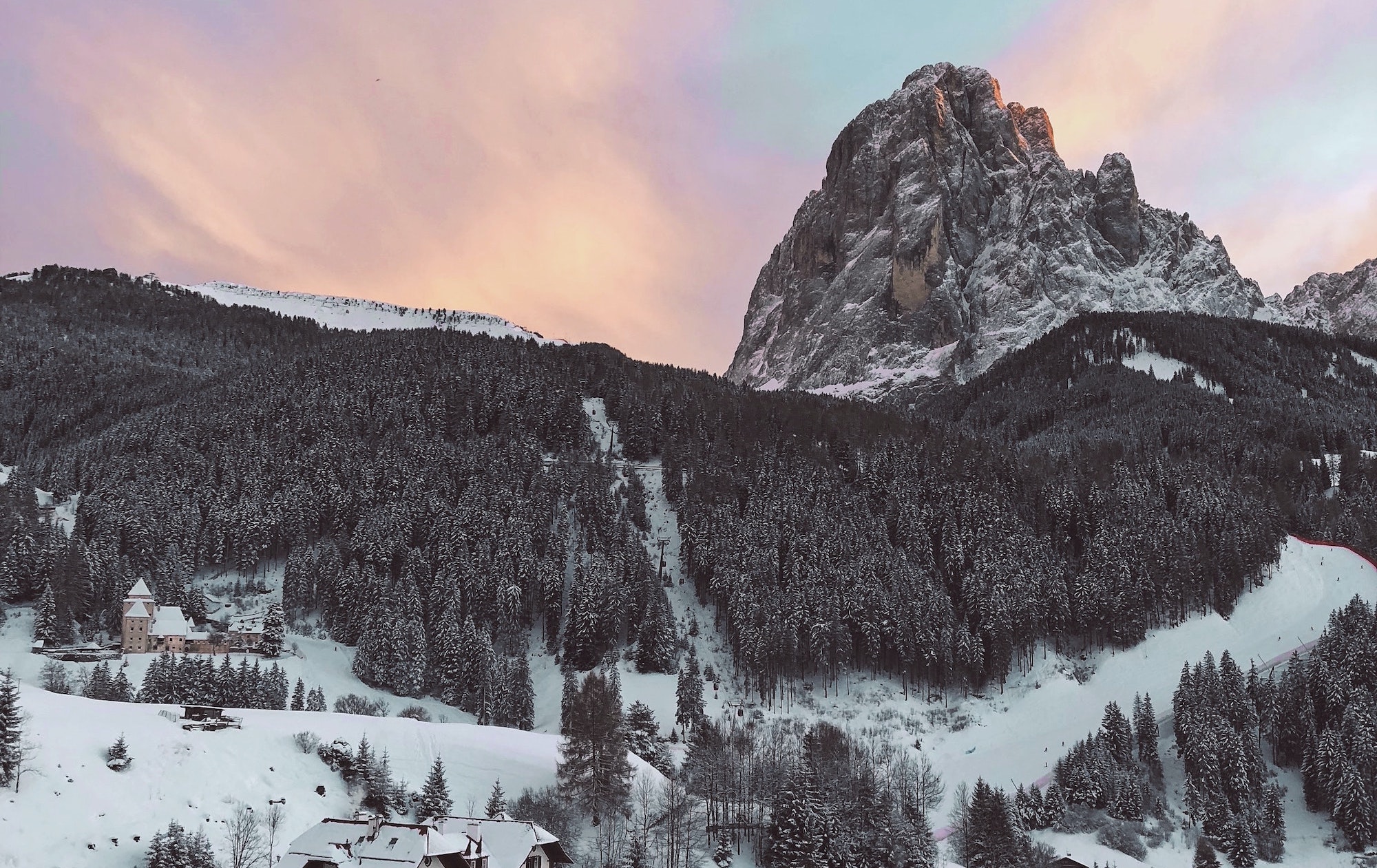 Accessible in around two hours by car, Innsbruck in Austria is the nearest airport to the Sella Ronda. Alternatively, you could fly to Venice and combine your Sella Ronda ski trip with exploring the city’s canals and islands.
Accessible in around two hours by car, Innsbruck in Austria is the nearest airport to the Sella Ronda. Alternatively, you could fly to Venice and combine your Sella Ronda ski trip with exploring the city’s canals and islands.
Loop the loop
On average, skiing the Sella Ronda takes intermediate skiers between six and seven hours to complete, this can vary depending on your stops. It’s recommended to start around 9am, allowing plenty of time to complete the loop before 3:30pm when the lifts start to close. Dependent on which Ladin village you are staying in, skiers can start in any of the corners of Val Gardena, Corvara, Arabba or Canazei. BTW Ladin is the name of the people from the Dolomite region whose language, culture and traditions have extended their influence into Switzerland and across the Italian Fruili region.
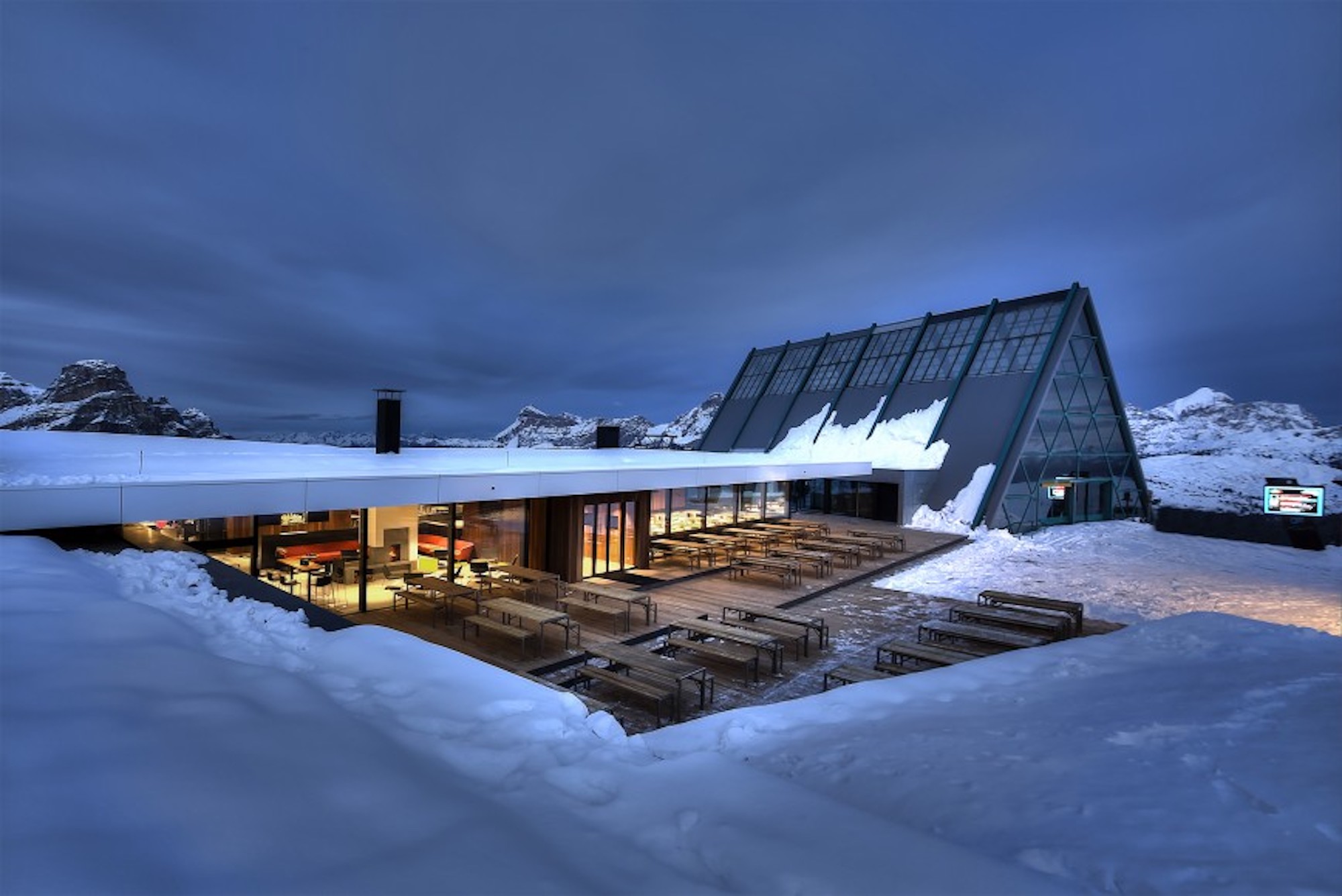
Both routes are best suited to intermediate skiers, and could be completed in a couple of hours if skied non-stop. The clockwise loop is marked with orange signs, while the anti-clockwise is green. If you ski the clockwise route there’s more variety of runs, while the anti-clockwise route is a little longer but less challenging. The anti-clockwise route tends to be quieter with stunning mountain panoramas, best admired at a leisurely pace.
Ski like the Olympian
As skiing around the Sella Ronda is generally intermediate, more experienced skiers may like runs that get the blood going. The Gran Risa giant slalom piste in La Villa and the Saslong downhill piste in Val Gardena are great runs that provide more of a challenge. Didn’t pack your racing lycra? Well, there’s no dress code, but you might be overtaken by a ski school class with five year olds snaking around you
Once your ski legs have returned, head over to Arabba for the steepest ski runs in the Dolomites and spectacular off-piste. Take the gondola to the Punta Rocca peak at the top of the Marmolada glacier for some of the best, and most scenic, skiing in the area.
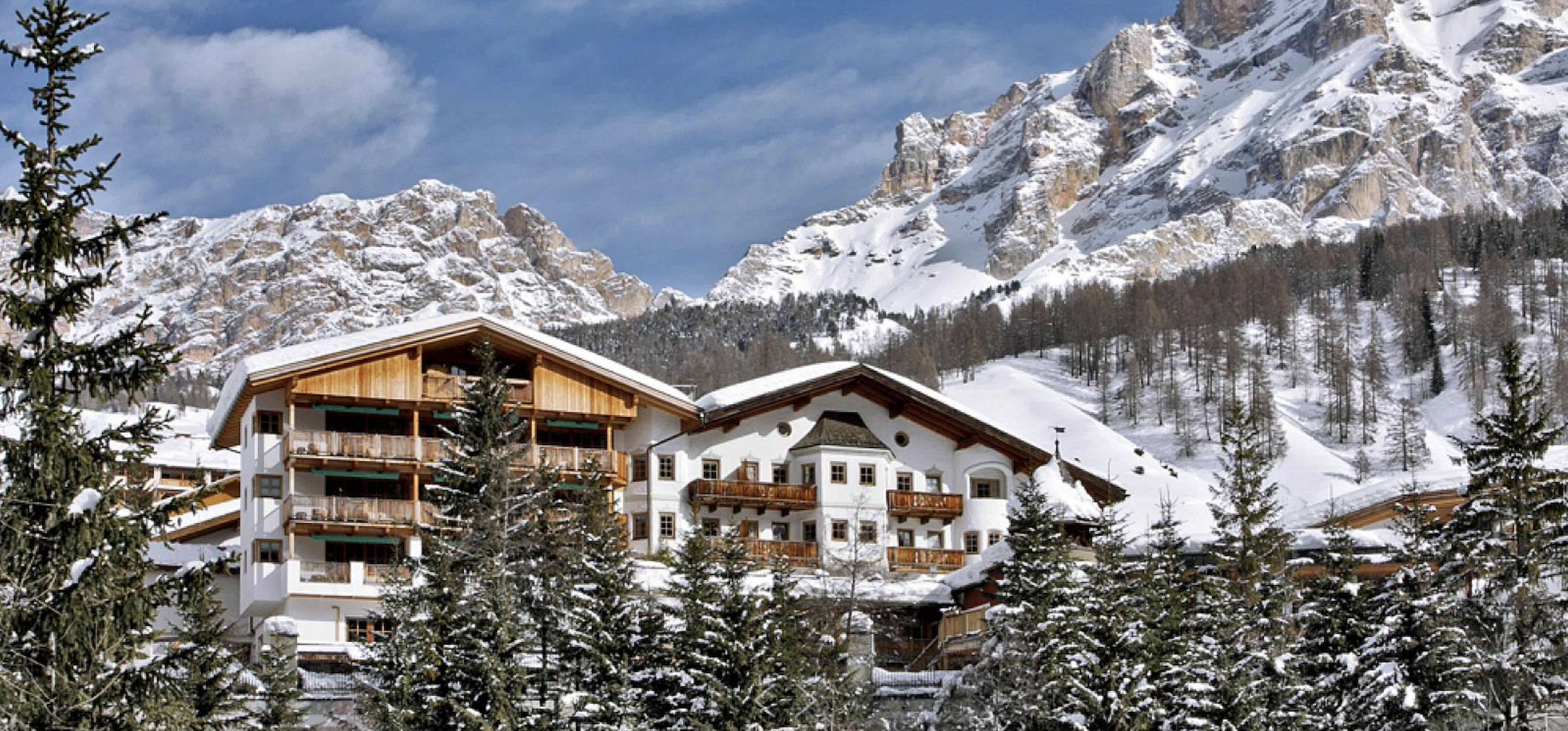
Head up first thing in the morning, as this is when the snow is the best. From the 3,269-metre-high peak, ski the 12-kilometre La Bellunese red run that has a vertical of 1,000m and finishes in Malga Ciapela. If you need to rest for a couple of minutes on the descent, you can try to make out Cortina and Val Gardena in the valley below.
"Each plate gives you a taste of the mountains and incorporates something greasy, crunchy and fresh."
Well-earned indulgence
With the highest concentration of Michelin-star restaurants found in the Dolomites and the nearby South Tyrolean vineyards, you won’t be short of fine wine and cuisine. Influences from Ladin, Austrian and Italian cultures give the cuisine unique tastes and dishes. Using local meat and produce from the region, the plates are fresh and sustainably made.
One of the region’s most renowned restaurants is the Piz Boè Alpine Lounge with its showstopping floor-to-ceiling windows that perfectly frame the Dolomites. A spectacular piece of architecture on the mountain, you will spot the mini-Shard with its triangular glass windows mirroring its surroundings.
The restaurant serves an innovative twist on local Tirolean and Italian dishes, which makes dining at Piz Boè an unmissable gastronomic experience. Particular highlights on the menu include venison carpaccio, nettle dumplings and potato gröstl with a twist of Italian artichokes.
In San Cassiano, head to the Hotel Rosa Alpina where the great Italian Chef Norbert Niederkofler runs the three-Michelin-star St Hubertus Restaurant. Originally from nearby Bolzano, his culinary roots don’t veer too far away from home cooking with quality, local produce from the Dolomites. Each plate gives you a taste of the mountains and incorporates something greasy, crunchy and fresh. The menu is perfectly paired with regional wines from the Adige Valley in South Tyrol.
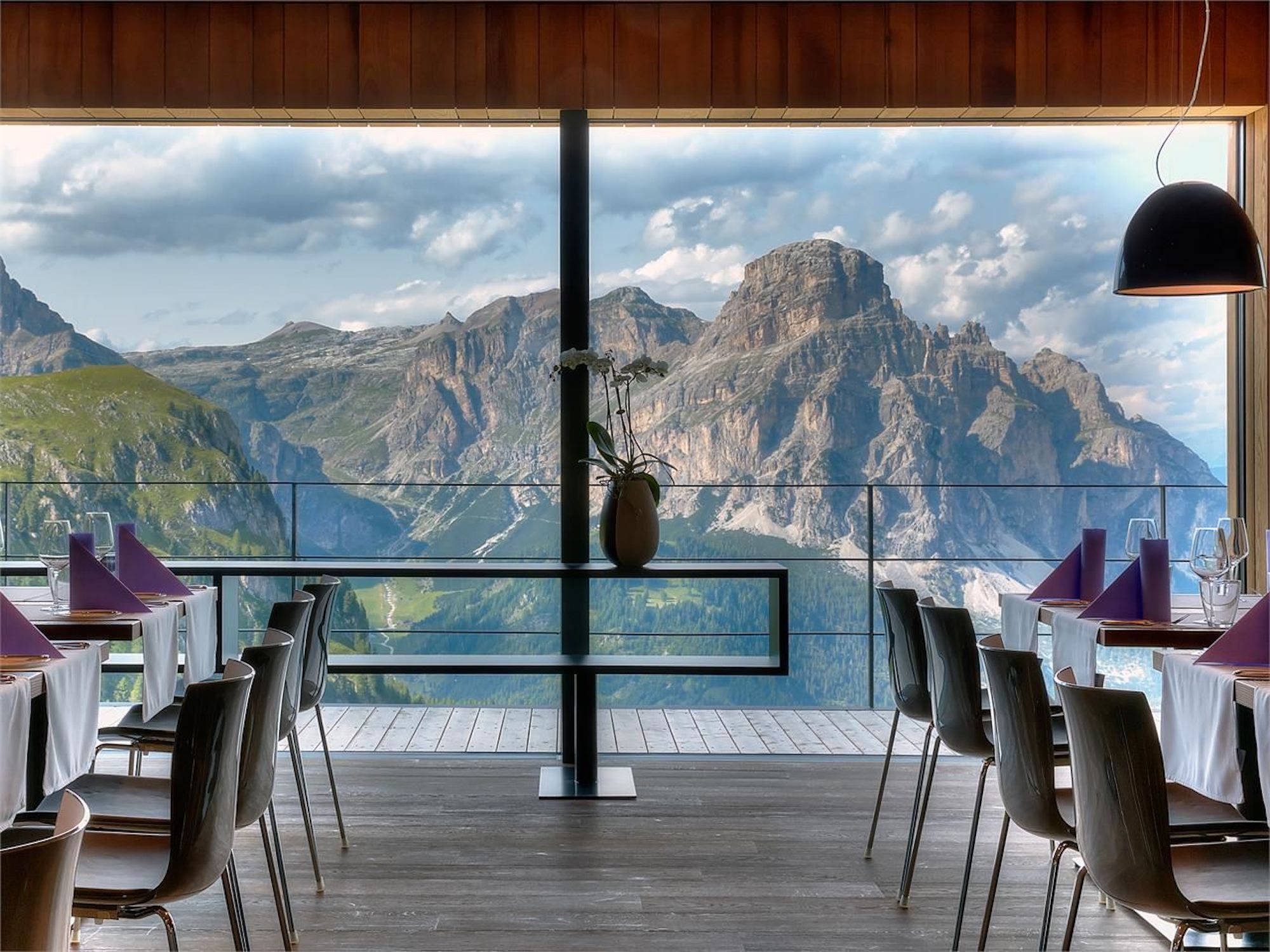
Another esteemed foodie stop is the chic Hotel Ciasa Salares. Depending on your vice, drink craft cocktails in the bar, sip fine vintages in the wine cellar, take dessert in the chocolate room or taste Italy’s best cheese in the designated cheese room. If you struggle to choose between 24,000 bottles of wine in the cavernous cellar, a sommelier will pair fifteen plates of cold cuts, cheese and delicious ingredients for you. Meanwhile, the dining options above ground serve a selection of delicious and warming Italian and Alpine specialties.
"Whichever corner of the Sella Ronda loop you decide to stay in, you’ll witness the sweet Ladin villages, fine hospitality and superb skiing, an experience of a lifetime in these lesser-known hidden gems of the Dolomites."
Where to stay
Each corner of the Sella Ronda combines Austrian charm and Italian elegance with excellent, scenic skiing. Dotted with cosy mountain rifugios, the Dolomites offer authentic destinations for an Italian ski holiday.
Situated under the Sassongher mountain, Corvara is a pretty village on the corner of the Sella Ronda with access to more skiing in the Alta Badia area. There are gentle nursery slopes on both sides of Corvara village, which makes it an ideal spot for beginners and families. Neighbouring San Cassiano is recommended for foodies, as you can stay at either the food-centric Hotel Rosa Alpina or the Ciasa Salares.
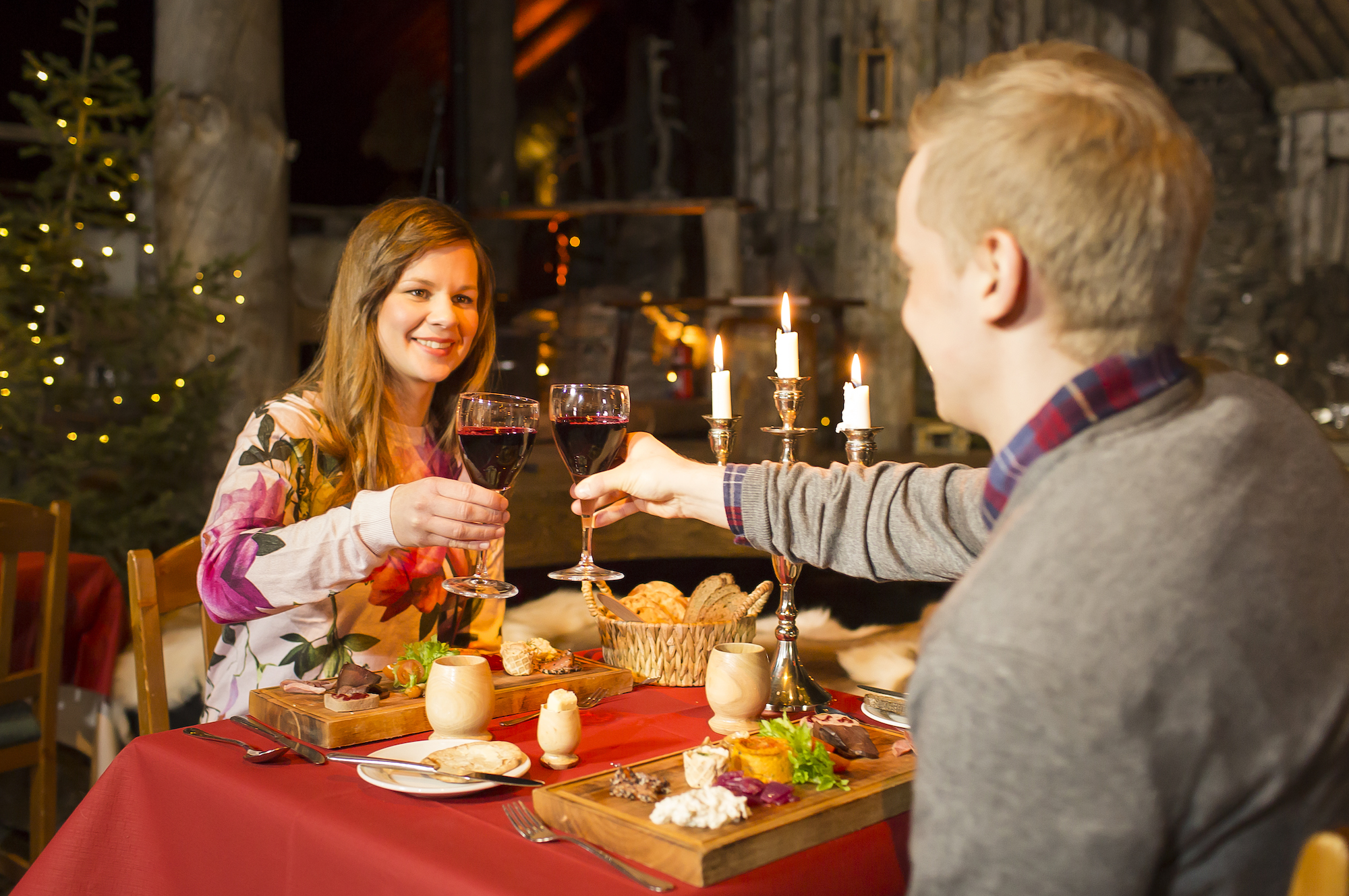
On the corner of the Sella Ronda, Arabba has steeper slopes for more experienced skiers. Set between the Sella Massif and Marmolada glacier, the charming village has great lift connections to both the Sella Ronda and the Dolomiti Superski area.
Val Gardena is made up of three small villages where Austria and Italy meet. Sports champions have visited this corner of the Sella Ronda for years, carving the fantastic slopes. As host to numerous World Cups, the lifts are quick and the slopes well kept.
Whichever corner of the Sella Ronda loop you decide to stay in, you’ll witness the sweet Ladin villages, fine hospitality and superb skiing, an experience of a lifetime in these lesser-known hidden gems of the Dolomites.
